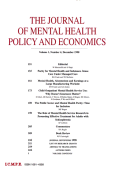
“The physiological control of appetite and satiety, in which numerous neurotransmitters and neuropeptides play a role, is extremely complex. Here we describe the involvement of endocannabinoids in these processes.
These endogenous neuromodulators enhance appetite in animals.
The same effect is observed in animals and in humans with the psychotropic plant cannabinoid Delta(9)-tetrahydrocannabinol, which is an approved appetite-enhancing drug.
The CB(1) cannabinoid receptor antagonist SR141716A blocks the effects on feeding produced by the endocannabinoids. If administered to mice pups, this antagonist blocks suckling.
In obese humans, it causes weight reduction.
Very little is known about the physiological and biochemical mechanisms involved in the effects of Delta(9)-tetrahydrocannabinol and the cannabinoids in feeding and appetite.”








